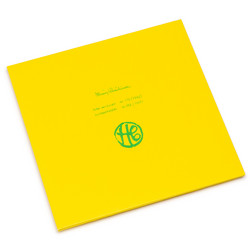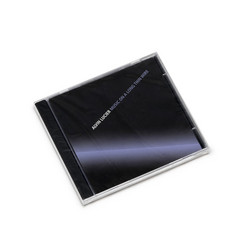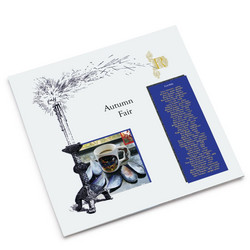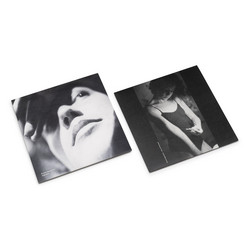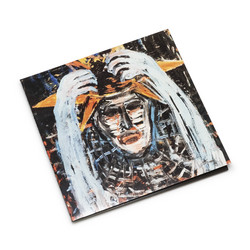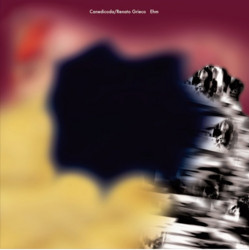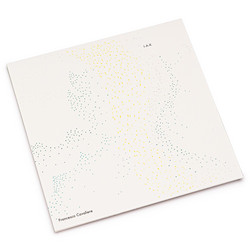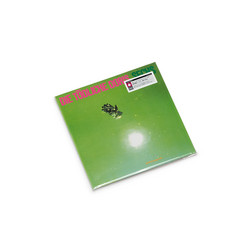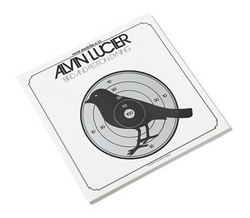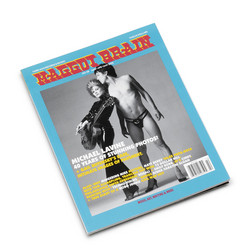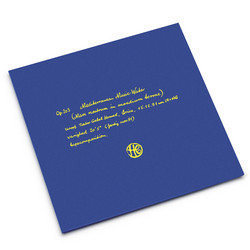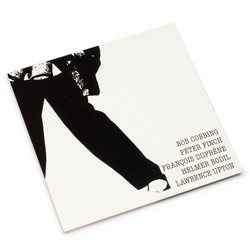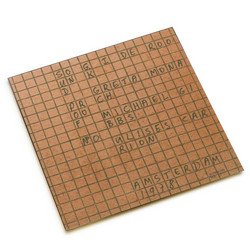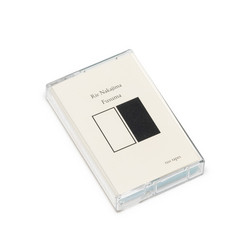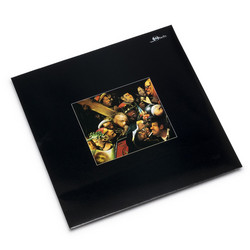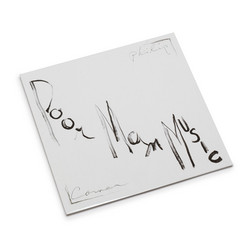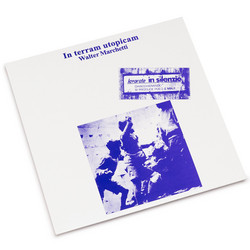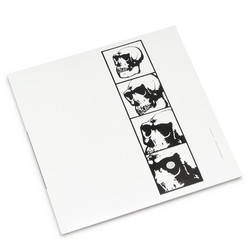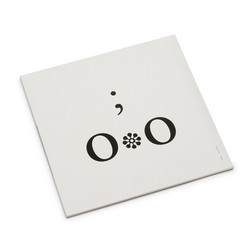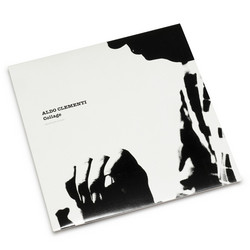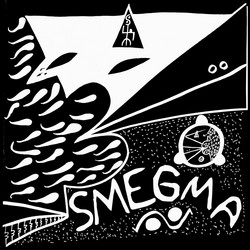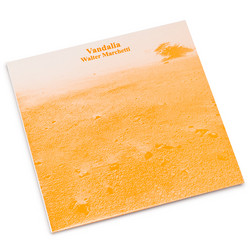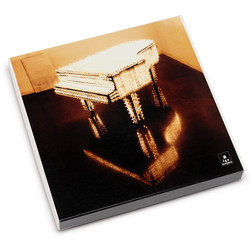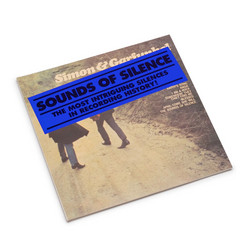Beautiful edition! Takis was born in 1925 in Athens. Preferring, as a matter of principle, to teach himself rather study in a institution, he left Greece in 1954 and lived as a citizen of the world, traveling through Europe and the USA. Some of his earliest manifestations in the 1940s consisted of explosions carried out in open places. His first Signals date from 1954: they were rods consisting of piano wires which created musical vibrations as they stuck against each other in the wind. In fact they constituted the first appearance in his work and in contemporary art history of a form of musical expression in which sounds are called forth in an un-programmed way, owing to the action of natural forces. In 1961 Takis meets Marcel Duchamp in New York. Duchamp's perpetual moving bicycle wheels inspired Takis hydromagnetic sculptures.
In the period between 1964 and 1965 Takis conceives his Pendules magntiques and constructs his first Sound Sculptures. After the exhibition of Takis titled Electro-musical relief at Indica Gallery in London in 1966, the New Scientist magazine in an article entitled "The sounds of tomorrow" commented that Takis, Iannis Xenakis and John Cage are the most promising musicians of the century. Takis' Pendules magnetiques are based on the simple concept of using magnetic waves caused by electricity as a means to activate repeated musical sounds: the latter are to be heard every time a needle strikes a string, when attracted by a magnet. The sounds reproduced in this edition were recorded in 1993 by Samon Takahashi at Takis retrospective at Jeu de Paume in Paris.
Takis participates in 1984 at the exhibition titled the Century of Kafka at Centre Pompidou in Paris and sound work with the same title is also reproduced on this LP edition.

An artist he seeks a natural origin for the construction of sound, and in particular that origin which is furthest removed from the artist's arbitrary decision. For about forty years now, it has been Takis's purpose to investigate language as a natural function, conceiving function as a form of work. Furthermore, he has broken down the frontiers between sculpture and music in a number of pieces which can only be read by identifying their functionalism as structured units, with their morphological, visual and acoustic aspects.




